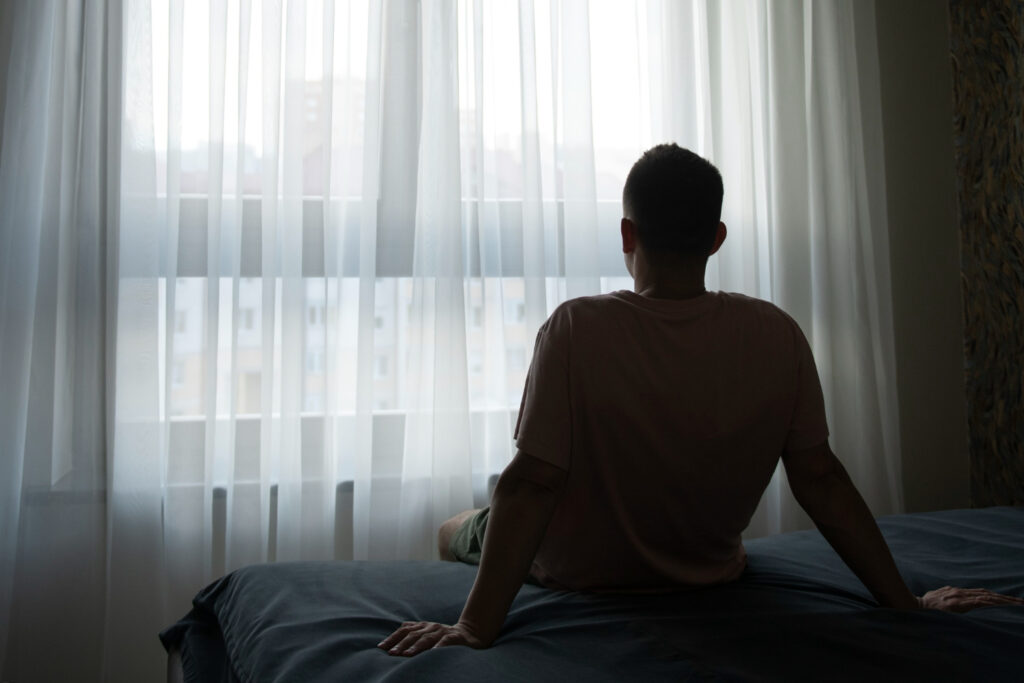In the late 1980s, 12-year-old Martin Pistorius from South Africa fell ill with a mysterious neurological condition, later suspected to be cryptococcal meningitis or tuberculosis of the brain, per NPR. His condition rapidly deteriorated, stripping him of the ability to move, speak, or communicate. Doctors believed he was in a vegetative state, unaware of his surroundings, and sent him home to be cared for, expecting he would not survive long. However, around age 16, Martin began to regain consciousness, fully aware but trapped in a paralyzed body—a condition known as locked-in syndrome. Unable to signal his awareness, he endured years of isolation, with only his thoughts for company, until a caregiver noticed subtle signs of cognition in 2001, leading to his diagnosis and gradual recovery.
Awakening and Realization
Martin described his awakening as gradual, telling All in the Mind, “It wasn’t like one moment I was asleep and the next I was awake.” By age 19, he was fully conscious but unable to communicate, enduring repetitive routines and even abuse in care facilities, per his memoir Ghost Boy (Simon & Schuster, 2011). His mother’s despairing words, “I hope you die,” unaware he could hear, haunted him, per The Guardian (2015). In 2001, aromatherapist Virna van der Walt noticed his responsive smiles and eye movements at age 25, prompting tests at the University of Pretoria. These confirmed his awareness, and by 2003, he began using augmentative and alternative communication (AAC) devices, allowing him to “speak” via a computer, per BBC News.
Rebuilding a Life
Though Martin never regained his voice, AAC technology enabled him to communicate, learn, and work. He taught himself to read, earned a degree in computer science, and started a web design business from his home in Essex, UK, where he moved in 2008, per The Independent. In 2009, he met and married Joanna, a social worker, defying expectations of his prognosis. His memoir, Ghost Boy: My Escape from a Life Locked Inside My Own Body, became a bestseller, translated into 40 languages with over 200,000 copies sold, per Publishers Weekly (2020). His 2015 NBC News interview, viewed by over 10 million, detailed his ordeal, resonating globally, with X posts like @Inspire_Us praising his resilience: “Martin Pistorius turned his prison into purpose.”
Causes and Context of Locked-In Syndrome
Locked-in syndrome, affecting fewer than 1 in 100,000, results from brain damage, often from stroke, trauma, or infections like meningitis, per Journal of Neurology (2023). Martin’s case, likely triggered by an infection, damaged his brainstem, paralyzing voluntary muscles except for eye movement. Unlike a coma, patients remain fully conscious, as confirmed by fMRI studies in a 2019 New England Journal of Medicine report. Misdiagnosis is common, with up to 40% of cases initially mistaken for vegetative states, delaying recovery, per Brain. Early detection via eye-tracking or EEG can improve outcomes, but access to such tools is limited in resource-poor settings, as Martin experienced in South Africa.
A Legacy of Resilience
Martin’s story highlights the human spirit’s endurance and the importance of recognizing consciousness in non-communicative patients. His advocacy, through Ghost Boy and talks like his 2018 TEDx event, has raised awareness about locked-in syndrome, inspiring advancements in AAC technology, per Assistive Technology Journal (2024). On X, @DisabilityRights noted, “Martin’s journey shows why we must never assume someone’s mind is gone.” Now 49, he continues to work, advocate, and live fully, though reliant on a wheelchair and communication aids. His experience underscores the need for better diagnostic tools and caregiver training, offering hope to others trapped in silence.


